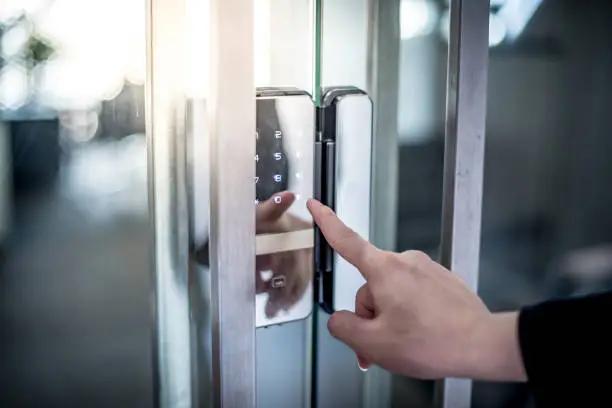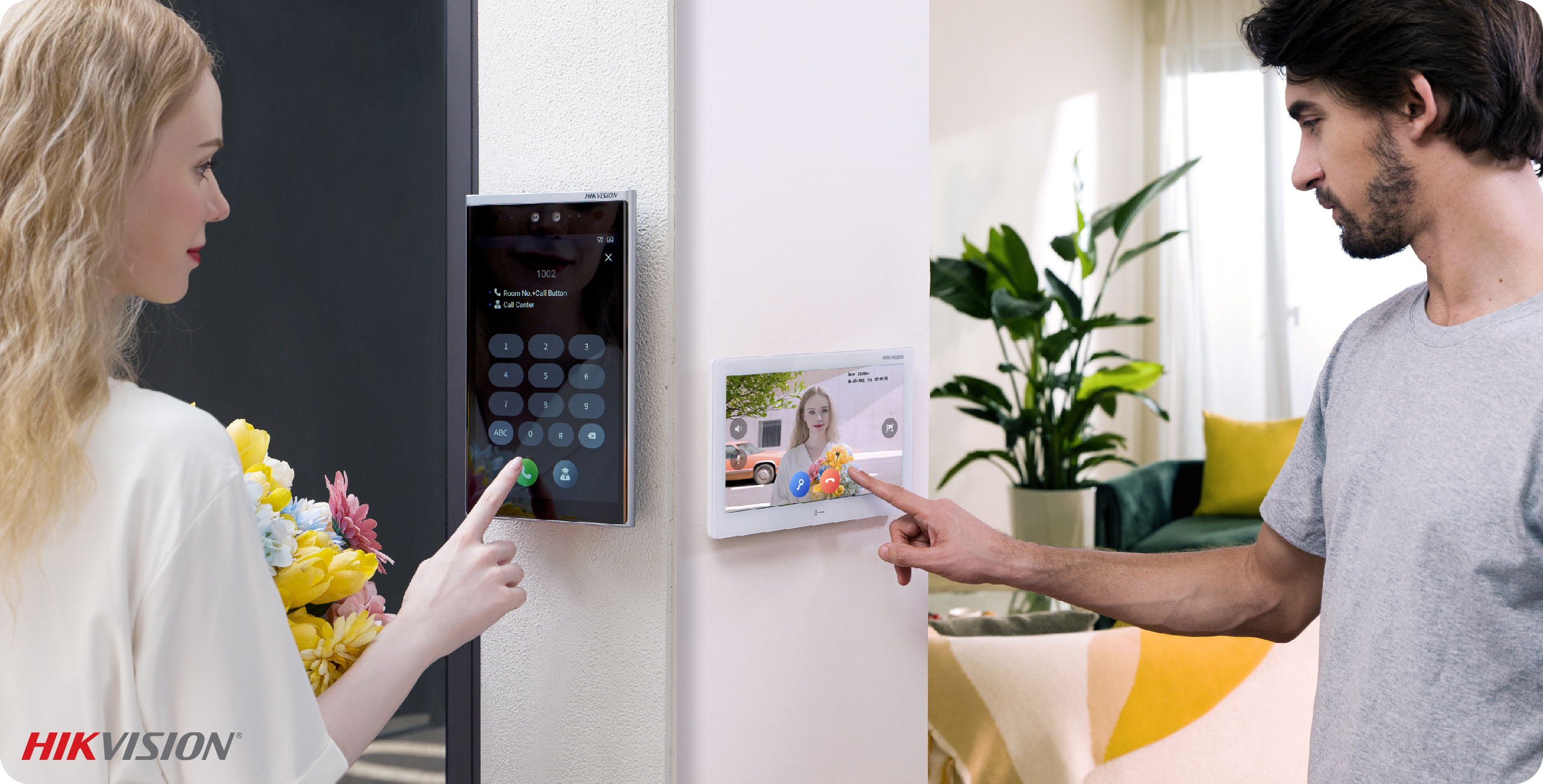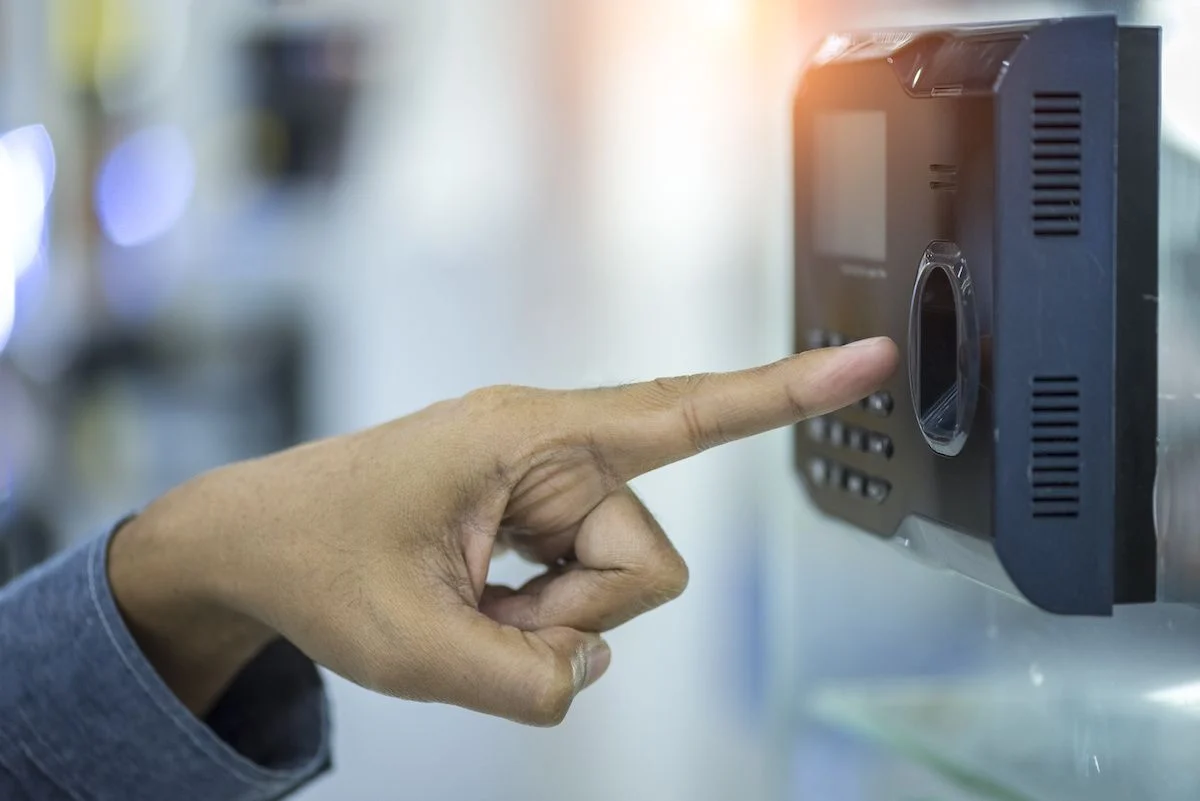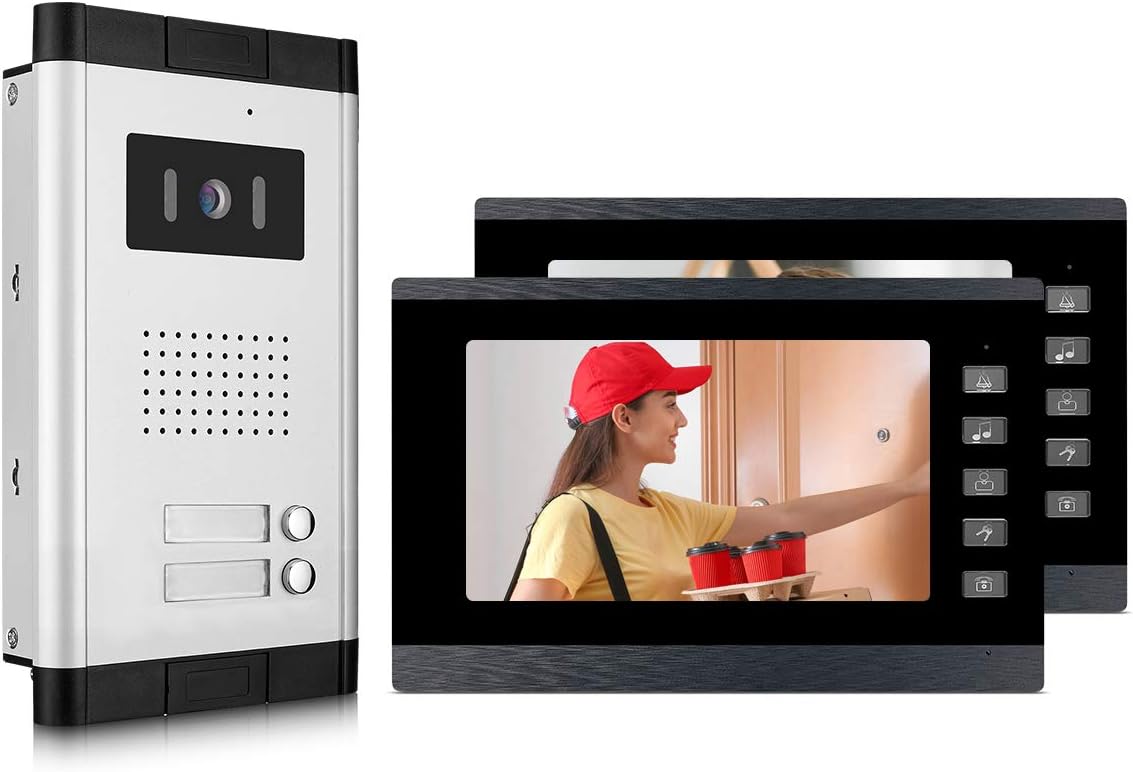Door access control is a security system that regulates and restricts entry to a specific area or building. It provides a means to grant or deny access to individuals, ensuring that only authorized personnel can enter a secured location. Door access control systems are widely used in various environments, including residential, commercial, and industrial settings. Here are the key components and features of a typical door access control system:
- Access Control Panel:
- The central control unit of the system where access permissions are managed.
- It stores user data, access schedules, and logs access events.
- Access control panels can be installed locally or in a cloud-based system.
- Authentication Methods:
- Door access control systems use various methods to verify the identity of individuals seeking entry. These include:
- Card Readers: Users present access cards or key fobs to a card reader.
- Keypad Entry: Authorized users enter a PIN code on a keypad.
- Biometric Scanners: These include fingerprint, palm print, or retina scanners.
- Mobile Apps: Some systems allow access through smartphone apps.
- Door access control systems use various methods to verify the identity of individuals seeking entry. These include:
- Access Cards and Credentials:
- Users are issued access cards, key fobs, or credentials that grant them access to the controlled area.
- Access cards can be physical or virtual, stored on a smartphone or in the cloud.
- Electric Locks and Hardware:
- Electric locks, magnetic locks, and electric strikes are used to control the physical locking and unlocking of doors.
- Electric locks can be released remotely when access is granted.
- Request to Exit (REX) Devices:
- These devices, such as motion sensors or push buttons, are used to trigger the door to unlock from the inside, allowing easy egress.
- Monitoring and Logging:
- Door access control systems record access events, including successful entries, denied access attempts, and alarm triggers.
- These logs can be used for security monitoring, audits, and investigations.
- Access Levels and Schedules:
- Access control systems allow administrators to define different access levels for users and establish time-based access schedules.
- This flexibility allows for customized access permissions based on user roles and time requirements.
- Integration:
- Many access control systems can integrate with other security components, such as surveillance cameras and alarm systems.
- Remote Management:
- Access control systems can often be managed and monitored remotely using computer software or smartphone apps.
- This allows administrators to make real-time access changes and receive alerts.
- Emergency Overrides:
- In the event of a security breach or emergency, administrators can quickly lock down or unlock all doors with emergency override capabilities.
- Compliance and Standards:
- Ensure that the access control system complies with relevant security and privacy standards, especially in commercial or public environments.
Door access control systems enhance security, accountability, and convenience in a wide range of applications, from office buildings and educational institutions to data centers and residential complexes. They are essential for ensuring that only authorized individuals can access protected areas, protecting against unauthorized entry and enhancing the overall safety of the premises.








